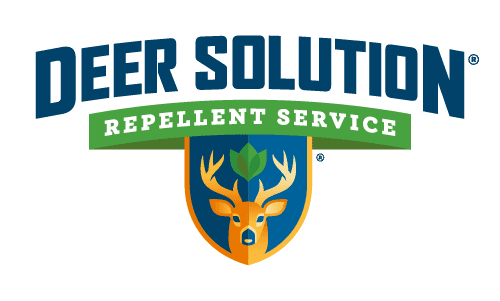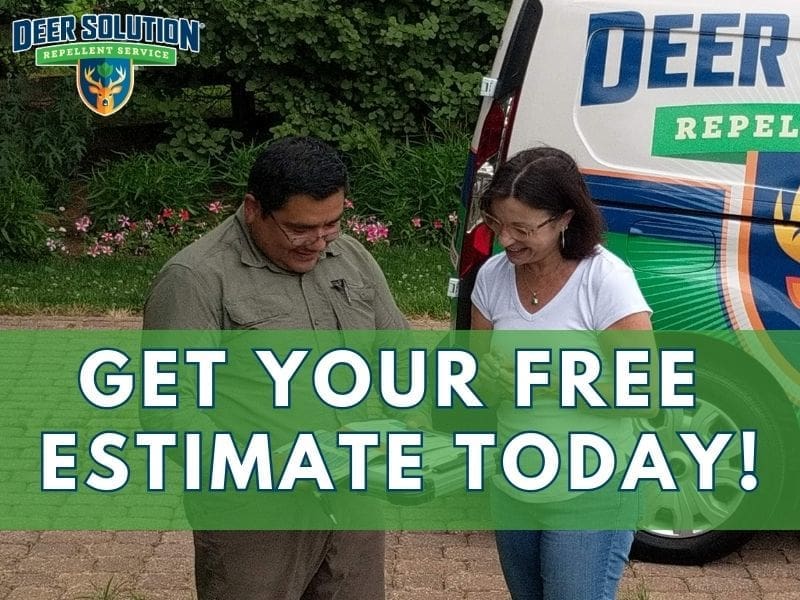Accomack County embodies a growing wildlife management challenge that resonates across the state and in areas like New Jersey, where deer overpopulation has become a pressing concern.
The Virginia Department of Wildlife Resources (DWR) reports a slight decrease in deer harvests in Accomack, suggesting a stable yet concerning deer population level. This stability, however, masks the underlying complexities of managing an overabundant deer population in a diverse landscape.
In-Depth Analysis and Community Response
Accomack County, along with other affected regions, is exploring a range of strategies to address deer overpopulation. These efforts aim to balance ecological health, wildlife interests, and community needs, requiring a multifaceted approach that considers the ecological, social, and economic dimensions of wildlife management.
The situation in Accomack and similar locales raises critical questions about our relationship with nature and the sustainability of our current wildlife management practices. As communities grapple with these challenges, the lessons learned and strategies developed in Accomack could serve as valuable models for other regions facing similar dilemmas.
Deepening the Dialogue: Ecological, Social, and Economic Implications
The deer overpopulation issue in Accomack County and beyond has profound ecological, social, and economic implications. Ecologically, an overabundant deer population can lead to habitat degradation, loss of biodiversity, and imbalances in the ecosystem.
Socially, the increasing human-deer interactions can result in property damage, road accidents, and heightened community concerns about safety and landscape preservation. Economically, the cost of mitigating deer-related damages and implementing management strategies places a significant burden on local communities and state resources.

Community and Stakeholder Engagement: Towards Collaborative Solutions
Accomack County’s response to deer overpopulation emphasizes community engagement and stakeholder collaboration. Local authorities, wildlife experts, and residents are coming together to discuss sustainable solutions that balance deer management with ecological conservation and community interests.
This collaborative approach is vital in developing effective strategies that are socially acceptable and environmentally responsible.
Innovative Management Strategies: A Path Forward
In addressing the complexities of deer overpopulation, Accomack County is exploring a range of innovative management strategies. These include habitat modification to deter deer from certain areas, the implementation of non-lethal control measures, and public education campaigns to raise awareness about coexisting with wildlife.
The integration of technology, such as wildlife tracking and data analysis, is also playing a crucial role in understanding deer movement patterns and identifying high-risk areas for targeted management efforts.
A Model for Future Wildlife Management
Accomack County’s approach to managing deer overpopulation offers valuable insights for other regions facing similar challenges. By fostering a dialogue between diverse stakeholders, employing innovative management strategies, and prioritizing ecological balance, Accomack serves as a model for future wildlife management efforts.
As the county continues to navigate the intricacies of this issue, the lessons learned and successes achieved will contribute to a growing body of knowledge on sustainable wildlife management in the face of changing landscapes and societal norms.










